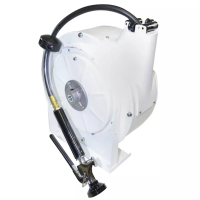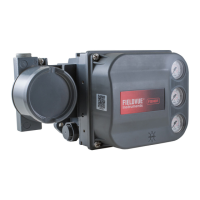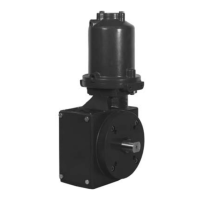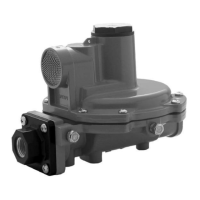5-44
Configuration
[ FISHEFJ
Autotuner
5.10.1
The Autotuner is a selectable function that enables automatic setting
of the controller PID parameters based on actual process control
dynamics. When Autotuning is used in conjunction with the Gain
Scheduling function, Autotuning of non-linear processes is also
possible. Paragraph 5.11 describes the Gain Scheduling function.
Principle of Operation
Autotuning uses a relay type function with hysteresis, initiating a
controlled oscillation in the process. When the TUNE button is
pressed the autotuning procedure is started by inserting a step in the
output signal so that the process value begins to diverge from the
setpoint. Because the relay function is controlling the process during
autotuning, self-oscillation is induced, so that the output signal
alternately exceeds and falls below the onglnal value by a defined
amplitude. The Autotuner itself adjusts this amplitude so that the
process value will not be greater than a level which is necessary for
the process response to be isolated from process and measuring
noise (the oscillation amplitude is roughly comparable to the process
noise level).
By measuring the process response the Autotuner can identify the
process dynamic characteristics during autotuning. When the
parameters are considered reliable, the autotuning process stops.
New PID parameters are calculated and stored in the controller,
The autotuning function has certain similarities to the manual Ziegler
Nichols method. On the other hand, the Autotuner has control over
the process oscillation amplitude which results in considerably less
disturbance to the process.
Tuning Process Example:
lJM6.1:DPR900:9102 May 1991
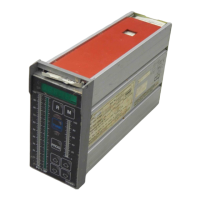
